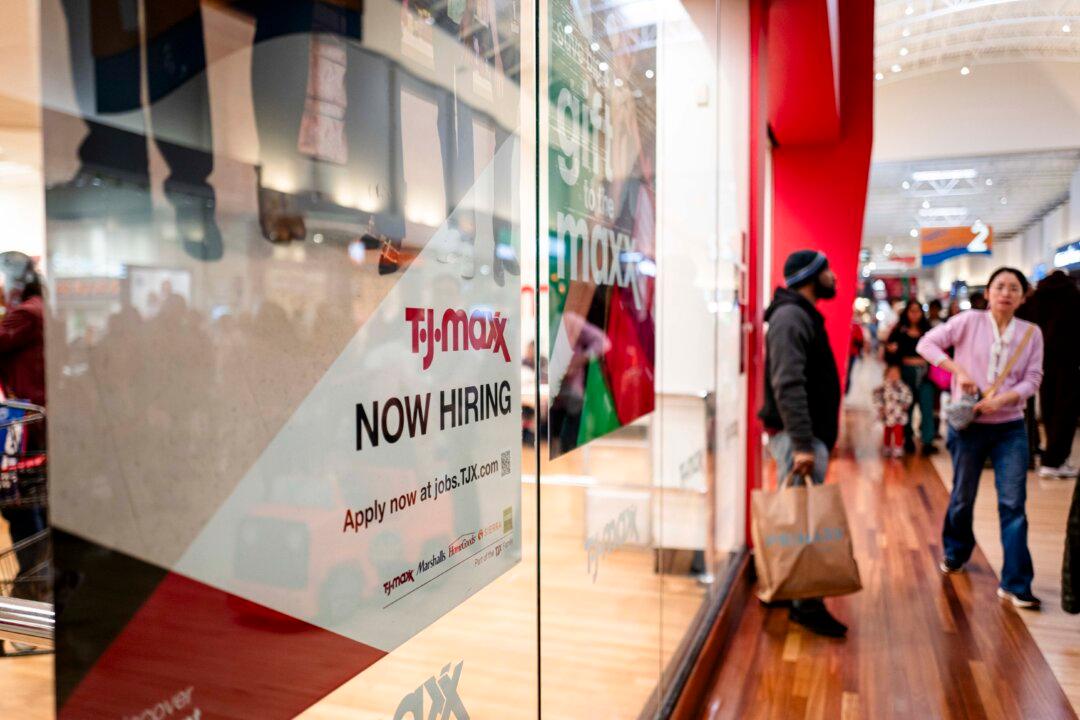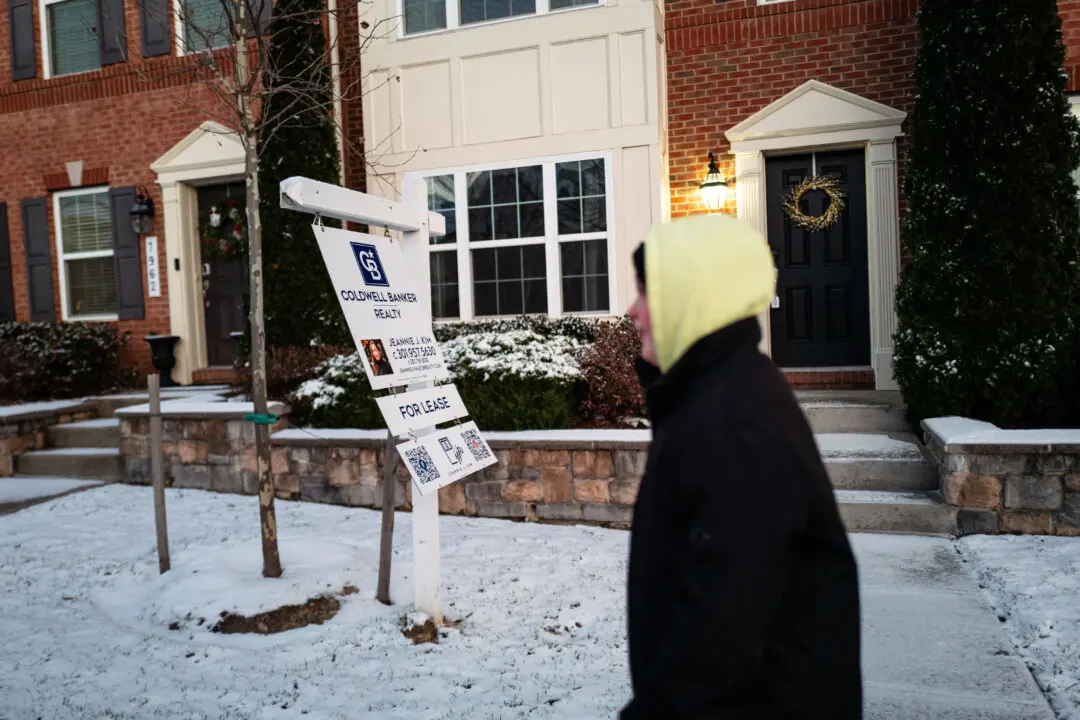The U.S. and global economies might be embarking upon a new era of “Great Stagflation Instability,” according to famed economist Nouriel Roubini, nicknamed “Dr. Doom” for correctly predicting the 2008 financial crisis.
Roubini, a professor of economics at New York University’s Stern School of Business, wrote an opinion piece for Time magazine, in which he warned that the inflationary pressures that have popped up worldwide over the past year are unlikely to be a short-term challenge.
He thinks that the shocks hitting the economy could originate from the supply side rather than from evolving demand, much like what occurred during the 1970s amid two negative oil shocks. When this occurs, energy and production costs skyrocket, resulting in lower economic growth for countries that import fuel and food, triggering an environment of high inflation and a possible recession.
“If the response to this negative supply shock is loose monetary and fiscal policy—banks setting low interest rates to encourage borrowing—to prevent the slowdown in growth, you feed the inflation flames by stimulating rather than cooling demand for goods and labor,” he wrote. “Then you end up with persistent stagflation: a recession with high inflation.”
Many economists and market analysts have been warning about such an economic climate of high inflation and anemic growth.





